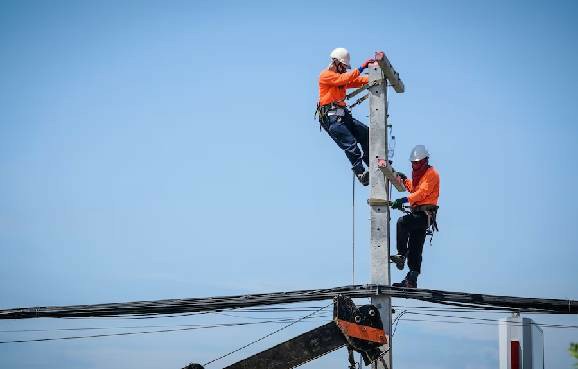


 349,500 Offered Certificates
349,500 Offered Certificates
 24/7 Online Training
24/7 Online Training
 Money Back Guarantee
Money Back Guarantee
 Fully Accredited Courses
Fully Accredited Courses

Created at: 22-02-2025 14:19
In today’s fast-paced work environment, safety training is more crucial than ever, especially in high-risk areas like working at heights. Traditional training methods often fall short in providing the hands-on experience that is essential for workers to truly understand the risks involved. Enter virtual reality (VR) technology, a game-changer that is revolutionizing Working at Heights training.
Historically, Working at Heights training relied heavily on lectures, videos, and limited hands-on practice. While these methods have their place, they do not replicate the stress and urgency of real-life scenarios. This is where VR makes a significant impact. By creating immersive simulations, trainers can place workers in realistic high-risk environments where they can practice safe behaviors without the physical danger.
One of the most significant advantages of Working at Heights safety training through VR is the improved retention of knowledge and skills. Studies show that learners retain information better through experiential learning. Immersive simulations engage participants, allowing them to:
This hands-on experience ensures that, when faced with actual emergencies, employees can respond more effectively and confidently.
Virtual reality allows trainees to confront emergency scenarios in a controlled environment. For instance, an employee might find themselves in a simulation where they have to secure themselves after losing balance on a high scaffold. Through this experience, they can learn the correct procedures in a safe setting, leading to greater readiness when similar situations arise in real life.
Implementing VR technology can significantly reduce training costs over time. Traditional Working at Heights Certification involves extensive resources such as physical equipment, the need for spacious training facilities, and sometimes, offsite locations. VR eliminates many of these costs by:
This cost-effectiveness, coupled with the enhanced safety training VR offers, makes it a compelling option for businesses looking to invest in their workforce’s safety. Companies in **Dublin**, **Cork**, and **Galway** are already beginning to recognize these advantages and integrate VR into their training programs.
Many organizations across various industries have successfully adopted VR for their Working at Heights training. For example:
These success stories highlight the effective role VR plays in not just training but also developing a culture of safety within organizations.
For companies considering how to adopt this technology, the integration process can be straightforward. Here are steps to consider:
Additionally, integrating VR into an existing Working at Heights safety course can significantly improve engagement, participation, and knowledge retention.
Embracing virtual reality in Working at Heights Certification Ireland programs not only enhances safety and reduces costs, but it also cultivates a safety-first mindset among employees. By investing in VR technology, companies show their commitment to employee welfare, ensure compliance with safety regulations, and ultimately drive success through a more competent workforce.
The use of VR in Working at Heights training is not just a trend; it's a transformative approach that promises to enhance learning, improve safety protocols, and reduce training expenditures significantly. Companies interested in advancing their safety training efforts should explore the numerous Working at Heights certification Dublin courses now integrating VR technology.
Are you ready to revolutionize your training programs? Contact us at [email protected] to learn more about implementing VR technology in your workplace safety strategy or visit our Working at Heights course for further information.